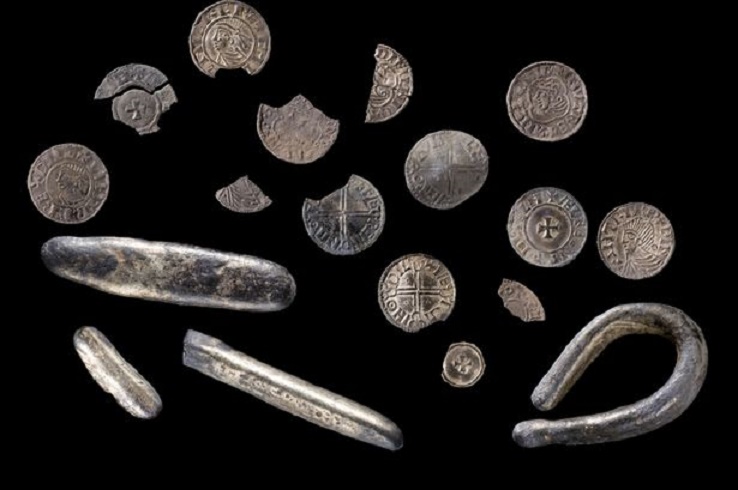More than 20 years ago, archaeologists found two children buried deep under Frankfurt's cathedral – and two decades of research have left them with more questions than answers about the medieval history of Germany's financial capital.
Frankfurt's St. Bartholomäus Cathedral added one more milestone to its 1,300-year history this month. An archaeological team revealed that a mysterious grave - the focus of over 20 years of research - contained not one, but two children believed to have noble roots. They also revised the year of death from roughly the year 850 to more than a century earlier, at some point before 730 [Credit: Archäologisches Museum Frankfurt]
The 1992 find of a double grave during excavations at the Bartholomaeuskirche – generally known as the Frankfurt cathedral – wowed historians. Two children around four years old, one dressed and bejewelled in the style of Merovingian nobility – the kings who ruled the Franks (Germanic tribes) of western Europe in the early Middle Ages – and one cremated in a bearskin according to Scandinavian custom, were found buried in a single coffin under the cathedral. Twenty years later, archaeologists have released the results of their scientific investigation of the remains and the grave site.
Read the rest of this article...


